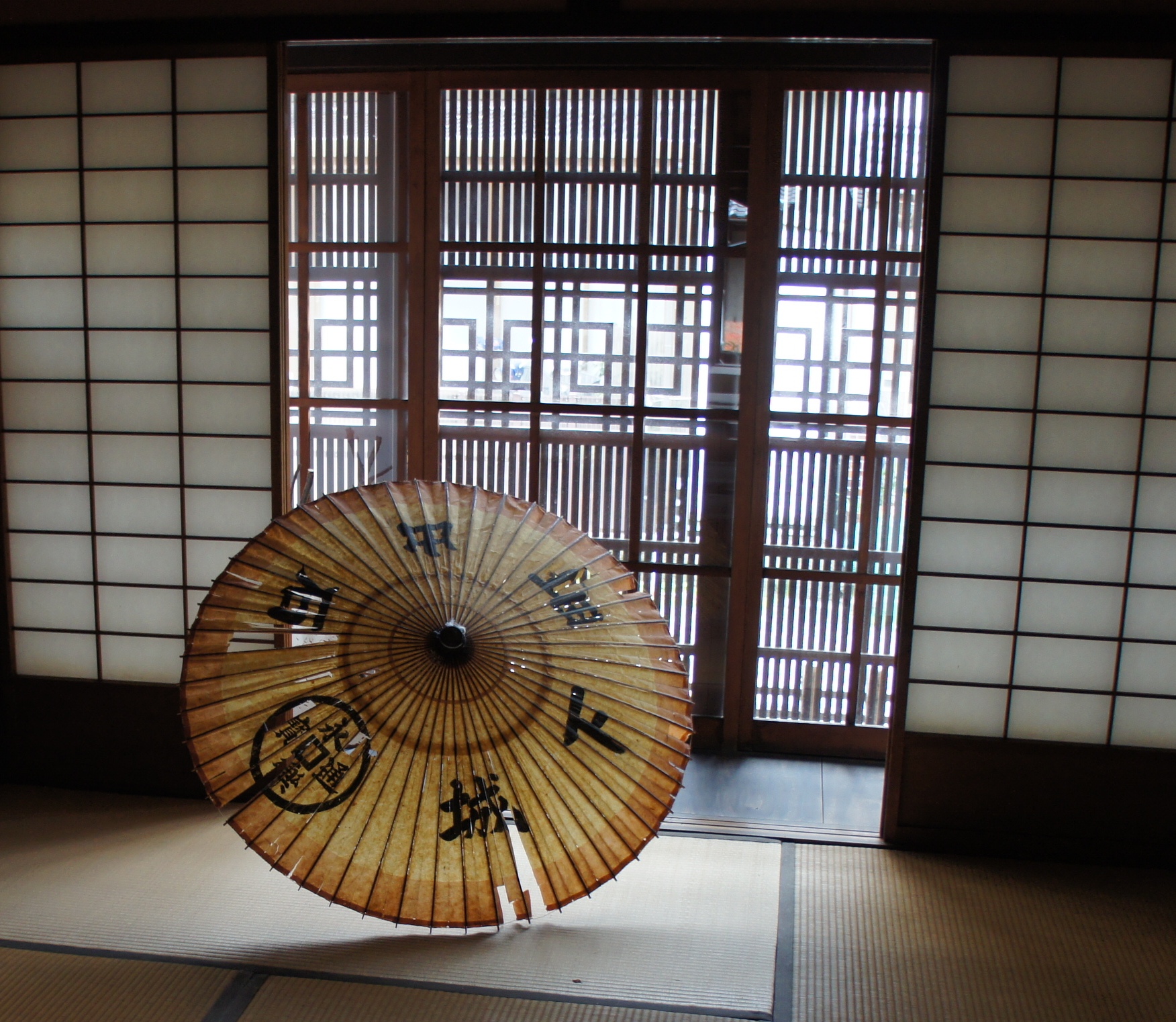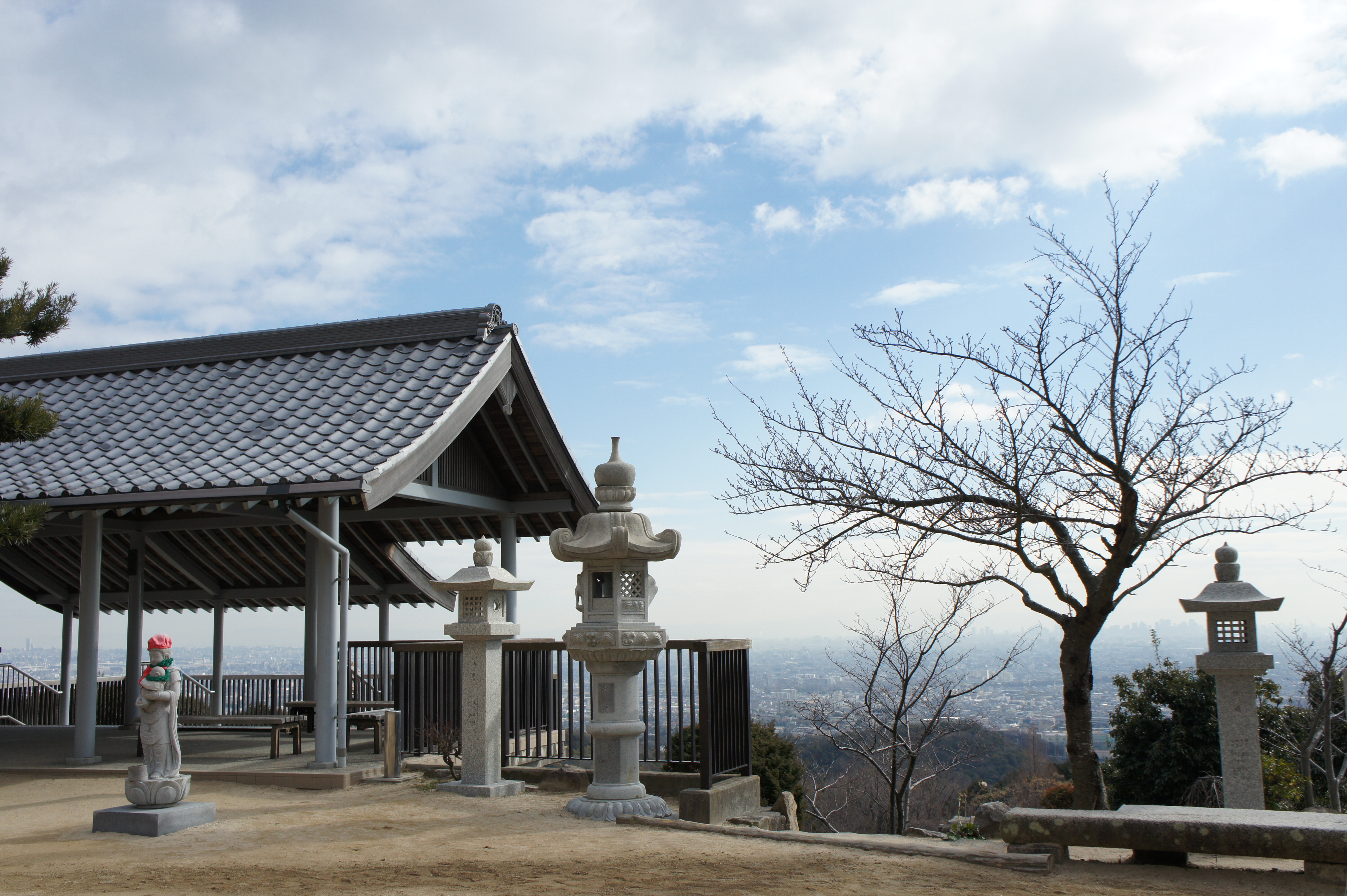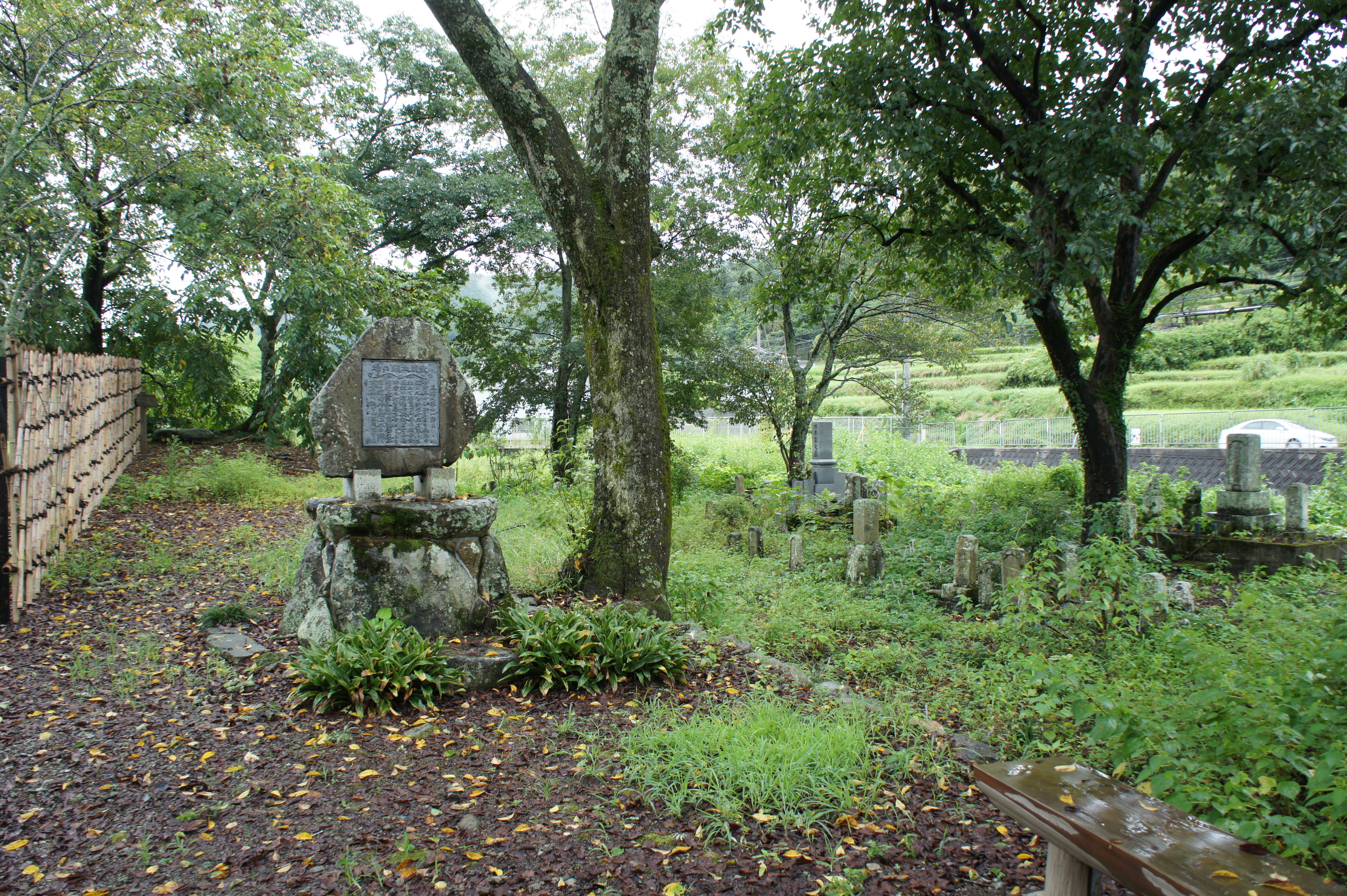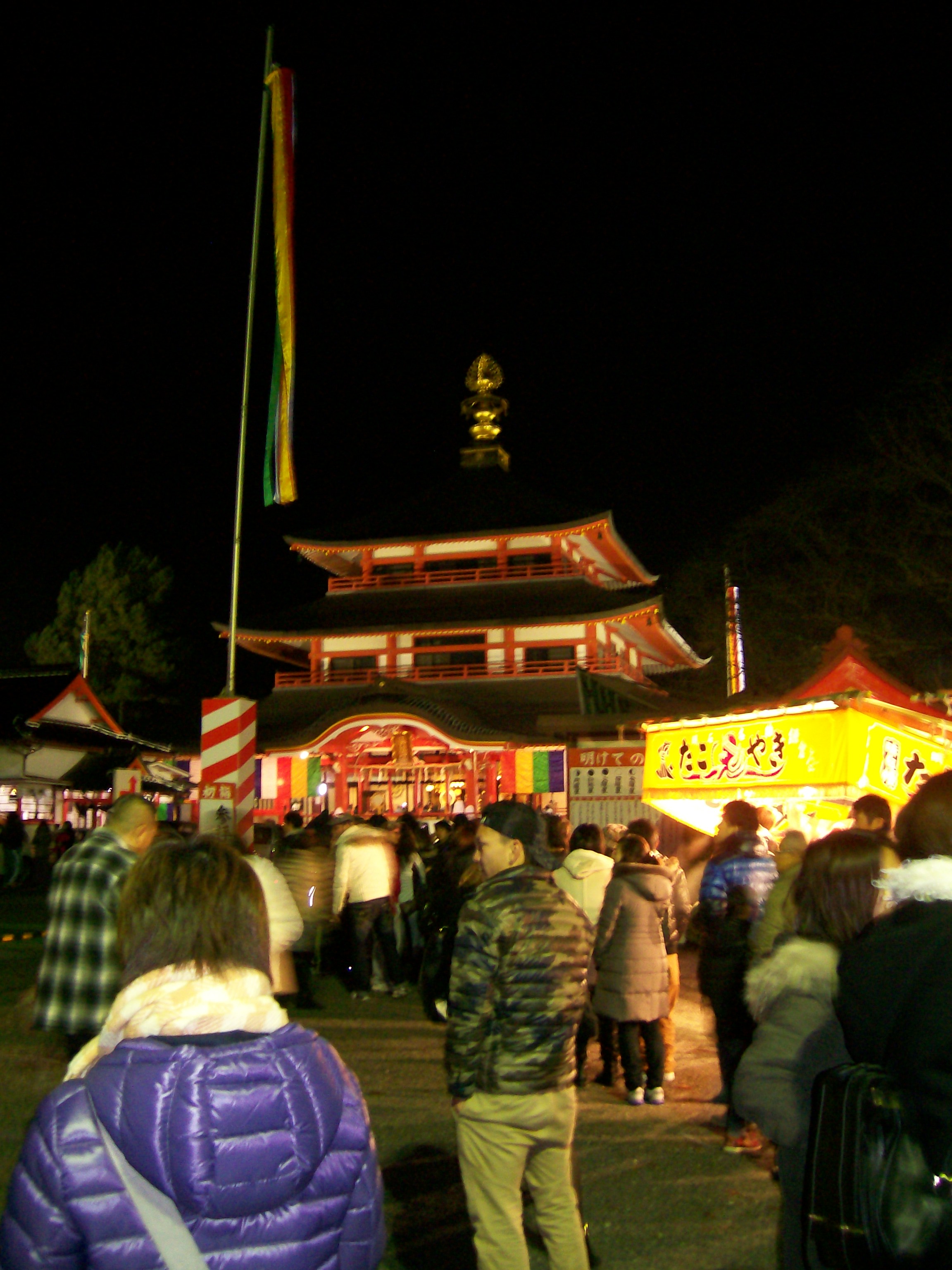Heart of Japan: Izushi: A Little Kyoto
This article is brought to you through a partnership between the Heart of Japan blog, a project by the Hyogo International Association, and the Hyogo Times.
Izushi is a castle town in northern Toyooka City known as “Little Kyoto†–a small town that is filled with traditional architecture, performances, festivals, and soba noodles. Without a bullet train stop and variety of train lines and bus routes, Izushi might be more difficult to access than the city of Kyoto, but it’s compact, quaint and perfectly walkable within a day.
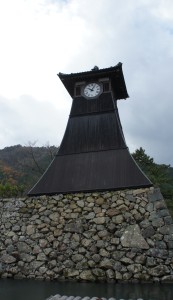 Izushi is a more rustic version of Kyoto, lacking high-rise buildings and featuring a large Edo-style wooden clock tower instead of the modern metal artifice of Kyoto Tower. ShinkorŠ(possibly from the Latin root word synchros) is the one of the oldest clock towers in all of Japan, dating back to 1871, and epitomizing Japan’s rapid shift from a feudal nation with an agricultural economy to a constitutional monarchy modeled after western powers yet still retaining Edo-period and earlier elements.
Izushi is a more rustic version of Kyoto, lacking high-rise buildings and featuring a large Edo-style wooden clock tower instead of the modern metal artifice of Kyoto Tower. ShinkorŠ(possibly from the Latin root word synchros) is the one of the oldest clock towers in all of Japan, dating back to 1871, and epitomizing Japan’s rapid shift from a feudal nation with an agricultural economy to a constitutional monarchy modeled after western powers yet still retaining Edo-period and earlier elements.
If you want to learn about, and experience, more Japanese history, I recommend heading to the cheap Izushi Historical Museum (Izushi Shiryokan) (9:30-17:00; 300 yen; closed Tuesdays). Instead of featuring long paragraphs of text on only vaguely interesting artifacts, the museum is a luxurious house dating back to 1876, filled with decorations like the umbrellas near the entrance that apparently split sunbeams into a beautiful pattern of rays at a certain time of day (which I wasn’t lucky enough to witness and photograph on my visit). The Izushi Historical Museum is positively filled with rooms and large spaces that I’ve rarely seen in the Japanese style. Other than historical sites, the streets surrounding the ShinkorŠclock tower are filled with old-style storefronts that sell souvenirs.
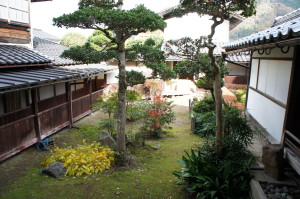 SukyÅji Temple is a beautiful temple nearby, a definite must-see during the changing of the autumn leaves (kÅyÅ). Separated from central downtown, SukyÅji offers beautiful Japanese maple scenery and was even decorated for Halloween – it seems that Japan won’t ever stop importing foreign traditions.
SukyÅji Temple is a beautiful temple nearby, a definite must-see during the changing of the autumn leaves (kÅyÅ). Separated from central downtown, SukyÅji offers beautiful Japanese maple scenery and was even decorated for Halloween – it seems that Japan won’t ever stop importing foreign traditions.
To really experience some of the older traditions, however, I highly recommend visiting Izushi Eirakukan Theatre (9:30-17:00; 300 yen for general admission; closed Thursdays). The theater has Japanese-style cushion seating on tatami mats instead of upright seats, and is built largely of wood. It originally operated as a theater for plays, but was then converted to a movie theater, then recently restored to a theater for kabuki plays and musical performances. It’s a beautiful building with a specially designed stage that can be rotated, raised and lowered – all without electricity. Even without a performance going on, it is an interesting experience, but I suggest going for an actual performance, be it kabuki or a musical concert (website: http://www.izushi-tmo.com/eirakukan/, Japanese-only).
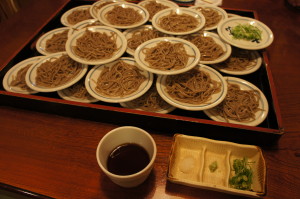 Finally, a trip around Izushi wouldn’t be complete without going to a soba noodle restaurant or two. The town is famous for its Soba Walk, where visitors find soba restaurants all over, and eat as many plates of noodles as they can manage. In fact, many restaurants feature competitions, in which those who can eat a certain amount of noodles in a specified time can win free meals for life and a placard on the wall, or other such prizes. One such restaurant is SakyŠ(open 10:00-18:00, 10:00-17:00 during the winter. First five plates 800 yen, 600 yen for each additional lot of 5 plates). The noodles are very good, and you get plenty for the price, but I couldn’t eat more than half the number of noodles needed to win a prize. When served, you get to add wasabi, onion slices, mountain potatoes, raw egg, or other ingredients to the tsuyu sauce in which you dip your noodles.
Finally, a trip around Izushi wouldn’t be complete without going to a soba noodle restaurant or two. The town is famous for its Soba Walk, where visitors find soba restaurants all over, and eat as many plates of noodles as they can manage. In fact, many restaurants feature competitions, in which those who can eat a certain amount of noodles in a specified time can win free meals for life and a placard on the wall, or other such prizes. One such restaurant is SakyŠ(open 10:00-18:00, 10:00-17:00 during the winter. First five plates 800 yen, 600 yen for each additional lot of 5 plates). The noodles are very good, and you get plenty for the price, but I couldn’t eat more than half the number of noodles needed to win a prize. When served, you get to add wasabi, onion slices, mountain potatoes, raw egg, or other ingredients to the tsuyu sauce in which you dip your noodles.
In any case, Izushi makes for a fun day-trip, especially if you can fall into a noodle-induced coma for the ride back.
Joshua Kaplan
kaplan.j@net.hyogo-ip.or.jp
